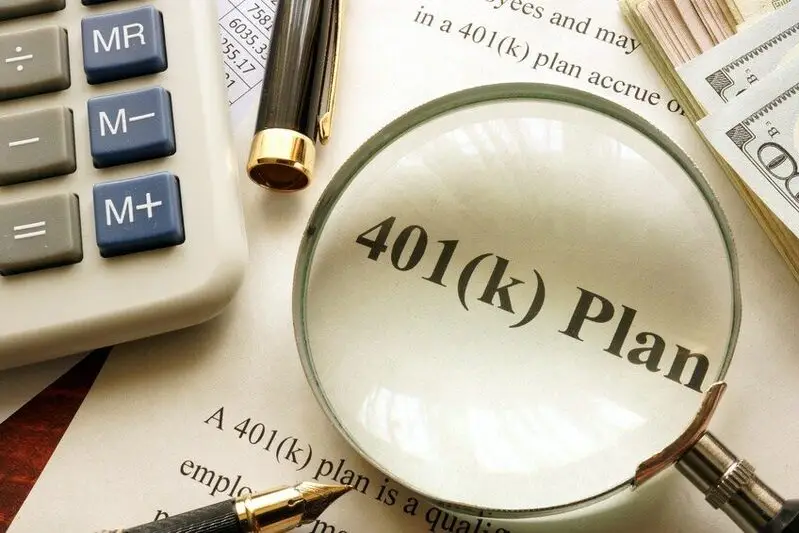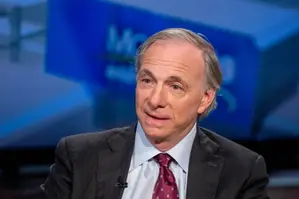At the time of writing, 401(k) retirement savings for people in their 60s averaged $568,040 as of June 2025, according to data from Empower. The median balance for 401(k) retirement savings was significantly lower at $188,792, which means that half of savers in this age group have less than this amount set aside. This gap shows how important it becomes to focus on catch-up contributions and retirement planning as you get closer to actually stopping work.
Maximize 401(k) Retirement Savings With Smart Planning and Catch-Up Tips

Understanding Retirement Savings Benchmarks
The average balance doesn’t really tell the whole story about 401(k) retirement savings. Baby Boomers believe they need around $760,000 to retire comfortably, and Gen X expects to need $1.18 million, according to a Western & Southern Financial Group survey. These figures are far above current savings levels for most Americans who are in their 60s right now.
One rule for retirement planning suggests having eight times your annual income saved by age 60. So if you earn $75,000, you’d need $600,000 set aside. Another approach uses the 4% rule—which means you’d need to save 25 times your expected annual expenses. Most retirees also rely on Social Security benefits, with 90% of Baby Boomers expecting it as their primary income source.
Making the Most of Catch-Up Contributions
For 2025, people aged 60 through 63 can contribute up to $34,750 to their 401(k) retirement savings—that’s the standard $23,500 limit plus an additional $11,250 in catch-up contributions. Those who are 64 and older can contribute $31,000 total with their catch-up contributions included.
Alexa Kane, CFP, CDFA, a financial planner at Pearl Planning, had this to say:
“If your employer offers a match on retirement contributions, contribute enough to get the full match.”
Kane also noted:
“Many retirement plans can be set up to automatically increase contributions by a percentage annually.”
This kind of automation takes the guesswork out of retirement savings strategies and helps you stay on track without having to think about it every year.
Boosting Your Balance Through Downsizing
About 51% of people plan to downsize in retirement, but doing it now instead of later can free up money for retirement savings strategies. Lower housing costs mean you’ll have reduced property taxes, maintenance expenses, insurance bills, and utility costs—and all those savings can go straight into your 401(k) retirement savings while you’re still taking advantage of catch-up contributions.
The average 401(k) balance for those in their 50s was actually higher at $607,055, which is likely because some people in their 60s have already started taking distributions from their accounts. Right now, 47% of Baby Boomers lack confidence in their ability to retire comfortably, according to the survey data.
Also Read: Trump To Sign Order Allowing Crypto in 401(k) Retirement Plans
Working With Professional Guidance
Working with a financial advisor helps you navigate the various decisions involved in retirement planning. Kane explained:
“There are many pictures of retirement. And with any retirement plan, we say, ‘You can do anything, but not everything.’ There are pros and cons for every decision.”
For those considering moving abroad to reduce costs, Kane stated:
“A large international move requires careful planning and an understanding of associated laws and regulations. You are still required to file U.S. taxes while living abroad. You also need to understand the Foreign Earned Income Exclusion (FEIE) and the Foreign Tax Credit (FTC).”
Your 60s offer a final window to significantly improve your 401(k) retirement savings through higher contribution limits, employer matches, and reduced living expenses. You can use these retirement savings strategies to close the gap between where your current balance sits and what you actually need for a comfortable retirement. Catch-up contributions combined with smart retirement planning during these years can make a real difference in your financial security down the road.






